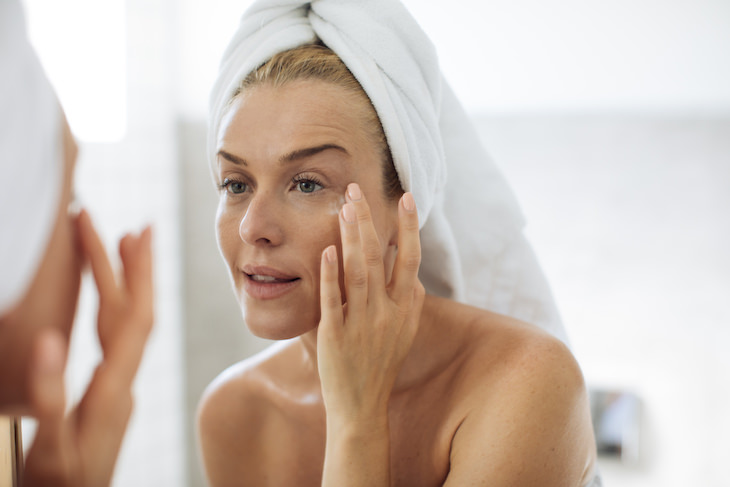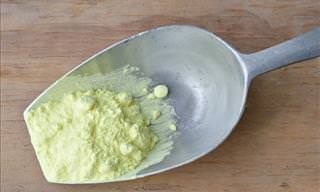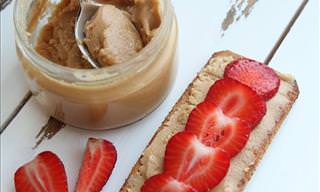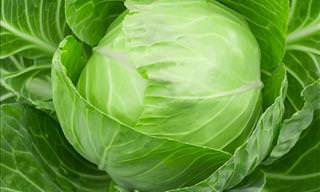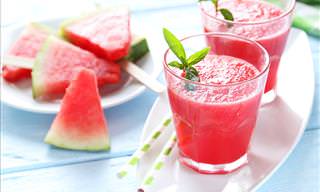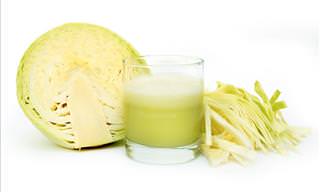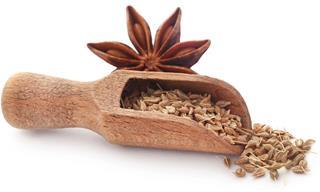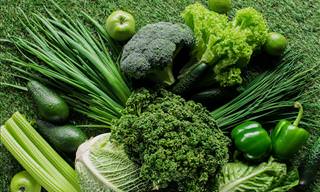What is Chlorophyll?
One of the most common things people know about chlorophyll is that it’s what gives plants their green color. That's true. Chlorophyll is a group of green pigments with a similar chemical structure that plays a vital role in photosynthesis, allowing plants to absorb energy and nutrients from sunlight. It contains various vitamins and antioxidants, which are responsible for its therapeutic properties for the human body.

One of the primary ways to incorporate chlorophyll into your diet is by eating green vegetables, such as asparagus, spinach, or broccoli. The reason chlorophyll supplements are so popular is that naturally obtained chlorophyll may not survive digestion long enough to be well-absorbed by the body. Most chlorophyll supplements actually contain chlorophyllin - a water-soluble semi-synthetic derivative of natural chlorophyll, which contains copper instead of magnesium. The copper can be detected by the plasma, which potentially makes chlorophyllin better absorbed by the body. However, these claims are yet to be officially proven by research.
The Health Benefits of Chlorophyll
1. Boosts skin health - Research suggests that applying chlorophyll topically may have skincare benefits such as reducing inflammation, clearing acne, smoothing wrinkles, and improving signs of sun damage. One study from 2016 found that women who applied a gel containing chlorophyllin for 12 days showed reduced signs of photoaging, which is aging that results from sun exposure. The study found that the effects of topical chlorophyllin were comparable with those of vitamin A known as tretinoin (which has been proven to help with anti-aging).
Another study, published in the Journal of Clinical and Aesthetic Dermatology, followed 24 women with mild-to-moderate acne for 8 weeks, as they applied a topical treatment of acne cream and a rebalancing gel containing chlorophyllin. The researchers found that this regimen improved pore size, skin smoothness, clarity, skin tone, and acne lesions.
Related: 7 Kinds of Food Known to Cause Adult Acne
2. Blood builder - Chlorophyll may help construct and improve the quality of red blood cells, which is why some people call it a “blood builder”. Chlorophyll is chemically similar to hemoglobin, a protein that is essential in red blood cells as carries the oxygen to the various body organs.
Research published in the journal Indian Pediatrics found that chlorophyll behaves similarly to hemoglobin, even though it contains magnesium while hemoglobin is made with iron. The research team also noted that wheatgrass juice, which is about 70% chlorophyll, had a positive effect on patients with hemoglobin deficiency disorders such as anemia and thalassemia.
3. Natural deodorant - Chlorophyll has been used to neutralize certain odors since the 1940s. Today, some popular deodorants and mouthwashes still contain chlorophyll.

A recent study looked at dietary supplements for people suffering from trimethylaminuria, a rare condition where the body is unable to break down the chemical triethylamine (TMA). Since triethylamine has a strong fish-like smell, people with trimethylaminuria and TMA build-up give off a strong and unpleasant body odor.
The study found that the chlorophyllin supplements decreased the number of TMAS, and therefore neutralized the smell.
4. Promotes weight loss - It’s no secret that eating your greens aids in weight loss, and it turns out that chlorophyll may be one of the reasons why. A 2014 study involving 38 female participants found that those who took a green plant membrane supplement that included chlorophyll once a day had greater weight loss than a group who didn’t take the supplement. The research team also suggested that the supplements were linked to lower cholesterol levels. The mechanism behind these findings, however, is currently unknown.
Safety, Risks, and Side Effects
According to Dr. Niket Sonpal, a certified internist, the natural chlorophyll you get from food has no known side effects. People who take chlorophyll supplements in amounts similar to those found in food don't have any risk either. However, taking chlorophyll in excess could lead to digestive problems, diarrhea, and increased susceptibility to rashes when applied topically. So please read the instructions carefully and take no more than the recommended amount.
It’s important to note that the effects of taking chlorophyll supplements in pregnant or breastfeeding women are yet to be studied. We strongly advise talking to your doctor if you're interested in taking chlorophyll, as with any other new supplement. This is especially true for those who take other medications regularly.
Chlorophyll sources
As we mentioned earlier, chlorophyll can easily be obtained naturally through green vegetables. Varieties that are particularly rich in chlorophyll are:
- Collard greens
- Spirulina
- Parsley
- Broccoli
- Green cabbage
- Spinach
- Asparagus
- Green beans and peas
- Matcha green tea

As to preparation and consumption of natural chlorophyll, some research in the Journal of Zhejiang University found that cooking chlorophyll-rich foods by boiling or stir-frying them lowers their chlorophyll levels. Therefore, it may best to eat them raw or use light cooking methods like steaming to get the most out of the vegetables’ chlorophyll content.
You can make your own natural chlorophyll extract by using parsley and water. The process is quite simple: you will need 80 grams of curly parsley leaves and 6 cups of water.
1. Wash and dry the parsley leaves.
2. Place the leaves and water into a blender and process for a few minutes until it forms a bright green liquid.
3. Strain this through a fine sieve and pour into a saucepan. Over low heat, stir constantly until you see green particles rising to the surface. It's important that you do this slowly.
4. Pour this into a container along with a handful of ice and place it in the fridge to cool.
5. When cold, pour through a muslin-lined sieve. Once drained you can throw away the water.
6. Scrape as much of the green paste that is remaining on the muslin as possible and store in an air-tight container in the fridge for up to 1 week. This should give you about 2 tablespoons of homemade chlorophyll, which you can add to smoothies or salads.
The bottom line is, chlorophyll has a variety of health benefits, from the skin to nutrition. While some people believe chlorophyllin supplements to be more effective than chlorophyll that is naturally obtained from green vegetables and herbs, the scientific evidence behind this claim is inconclusive. The majority of health experts agree that the safest way to obtain it is through veggies - and you'll get a lot of other nutrients as well that way!
Found this article interesting? Share it with others!
 Go to BabaMail
Go to BabaMail



